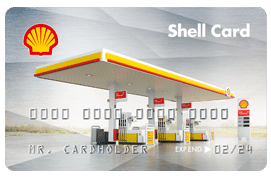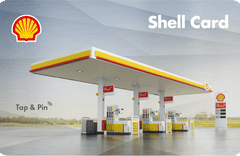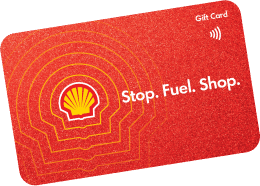Fuel fraud is often a hard fact of life for employers who provide fuel/offer fuel reclaims for their employees.
Your business could potentially lose thousands of dollars each year to fuel expenses for non-approved vehicles and other purchases, paper receipt errors, or even criminal activity.
The good news is there are a few ways you can stop the practice of fuel fraud in its tracks. In order to prevent it from happening, it’s important you understand the signs and different types of fuel fraud, and how they occur.
Signs & Types of Fuel Fraud
There are a few signs that can help spot fuel fraud activity. These include:
- Frequent fuel fill-ups. A common sign of fuel fraud is frequent fill-ups. This might mean an employee is siphoning fuel out of a company car, filling up the tank of a personal card and charging it back to your company, or driving a company car for personal use. Frequent fuel fill-ups can be easily spotted by regularly checking receipts.
- Distance creeping: Distance creeping essentially refers to inflating how many kilometres someone has driven in order to earn back more on fuel reclaims, and is one of the most common types of fuel fraud because not all employers check odometer readings.
- Fuel receipts don’t match odometer or tank size. If you notice that fuel purchases don’t match up with the kilometres driven on the company car, or with the size of the tank, this is another sign of possible fuel fraud.
- A fuel receipt for a different location. Depending on your company and what your employees use the company car for, it can often be easy to spot fuel fraud by looking at the location the driver filled up their tank. By keeping an eye on receipts and the location drivers are stopping, you can more easily identify signs of external fraud.
Preventing Fuel Fraud
Now you know some of the signs to look out for if you suspect some of your employees are partaking in fuel fraud. How do you stop it? Well, apart from educating your drivers on the severity of fuel fraud (it is a criminal activity, after all), one of the best ways to stop fuel fraud is with a fuel card. Fuel cards have revolutionised the way businesses pay and keep track of business fuel purchases. Just like a credit card, a fuel card makes it really easy for businesses to purchase and keep on top of employee spending.
The fuel card is attached to an account, and just like a credit card, many offer discounts and savings which not only make them great value but very convenient too. Fuel cards need to be accepted by a petrol station to begin with, so everything is easily trackable. Below, we’ve outlined the benefits of using a fuel card to prevent fuel fraud.
Enquire to save
Enquire to save

Keep on Top of Fuel Transactions
With a fuel card, you can accurately see how efficient a vehicle is by looking at the odometer and transaction history as everything is digitally logged. This means that if there are discrepancies where the fuel efficiency is getting lower over time, it’s easier to spot signs of fuel fraud. Or sometimes it’s not even fuel fraud but rather a sign the vehicle has an issue and needs to be serviced.
Also, some fuel cards can be tied to a vehicle registration, including the make and model of a card. This means that when a driver goes to pay for fuel, the operator can easily check if the vehicle being filled up is the right one. By having the ability to register a fuel card to the make and model of a car, this further prevents fuel fraud as it prevents people from switching number plates around.
Another option that many fuel cards offer is the ability to tie a card to the driver. This means only that person is authorised to make fuel purchases and they are the ones answerable to all transactions.
Assign Daily Limits
When using the method of fuel reclaims, it’s easy for drivers to inflate the kilometres they’ve driven in order to earn back more on fuel reclaims. This isn’t possible with fuel cards. Not only can you cap the amount a driver can purchase with their fuel card, but you can also restrict the number of litres the driver can buy per transaction, as well as the number of charges per day. Assigning each fuel card a daily spending limit or pre-funding the card will dissuade employees from using their assigned fuel cards for fraudulent activities. And, if a fuel card does get lost or stolen, having a daily limit on the card will prevent any major fraud from happening before you realise the card is gone and have a change to disable it.
Odometer Checking
Another type of verification on some fuel cards is odometer reading. This is when you have to actually provide the odometer reading to the fuel station so they log the odometer along with the transaction, making it easier to calculate the fuel efficiency of the vehicle. This also makes fuel fraud activities like distancing creeping a fuel syphoning a lot more difficult. t more difficult).
Person Identification Numbers (PINs)
Like with credit and debit cards, implementing a PIN system for your businesses’ fuel cards is an easy way to prevent fuel fraud. This is often used as a step on top of assigning a fuel card to the registration, make and model of a car, as well as assigning it to a particular driver. PINs are just an extra safety feature for fuel cards as it makes it almost impossible for a lost or stolen card to be used by someone else.
Other Security Features
Many fuel cards come with a range of extra security features to prevent fuel fraud, such as setting SMS or email alerts for suspicious activity. You can also set alerts to help manage what products and services your driver uses, and even the type of station they use.
READ MORE





